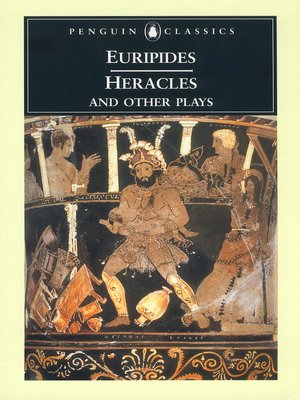
I would have been happy to make do with just a hint of the mythic roots of the story – which is mythic in itself. What difference does Stesichoros make? For this reader, not much. One must take into account Carson’s interesting translations of Greek poet Stesichoros’s poems. You can’t but / you’re not a whale / Why should it be different? / Why should it be the same?…” You can’t be alive and think about nothing. “What do they think about? Floating in there. We are treated to many pictures (via Geryon’s photographs), and the pages are full of conversations, perhaps the most entrancing part of this novel. The resulting love triangle erupts like a volcano. Years later they meet again by chance, but Herakles is accompanied by his new lover Ancash. Left to his own devices, Geryon pursues his abiding interest in photography and volcanoes. Falling in love at last with the beautiful Herakles (in myth Herakles is Geryon’s slayer) their love becomes the centre of Geryon’s life until Herakles suddenly leaves him. Geryon is picked on by his schoolmates (perhaps because of his strange colour and his wings), and bullied by his big brother. It’s hard to believe this as she seems so perfectly at home in this form. The novel in verse is not, of course, a new form, or even an unusual one, but it is Carson’s first attempt at the genre.


In Autobiography of Red, Carson’s first prose novel, Geryon, the red giant of myth, has become a small red-winged person of present day life.

than in Canada, and her work has been championed by American writers such as Susan Sontag and Annie Dillard. Canadian poet and essayist Anne Carson is better known in the U.S.


 0 kommentar(er)
0 kommentar(er)
